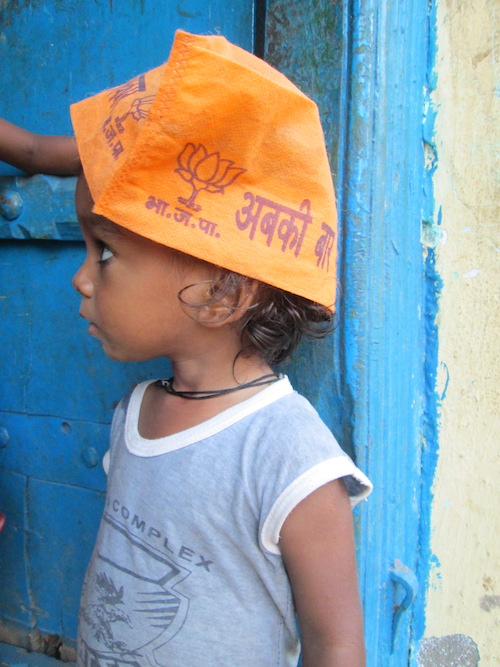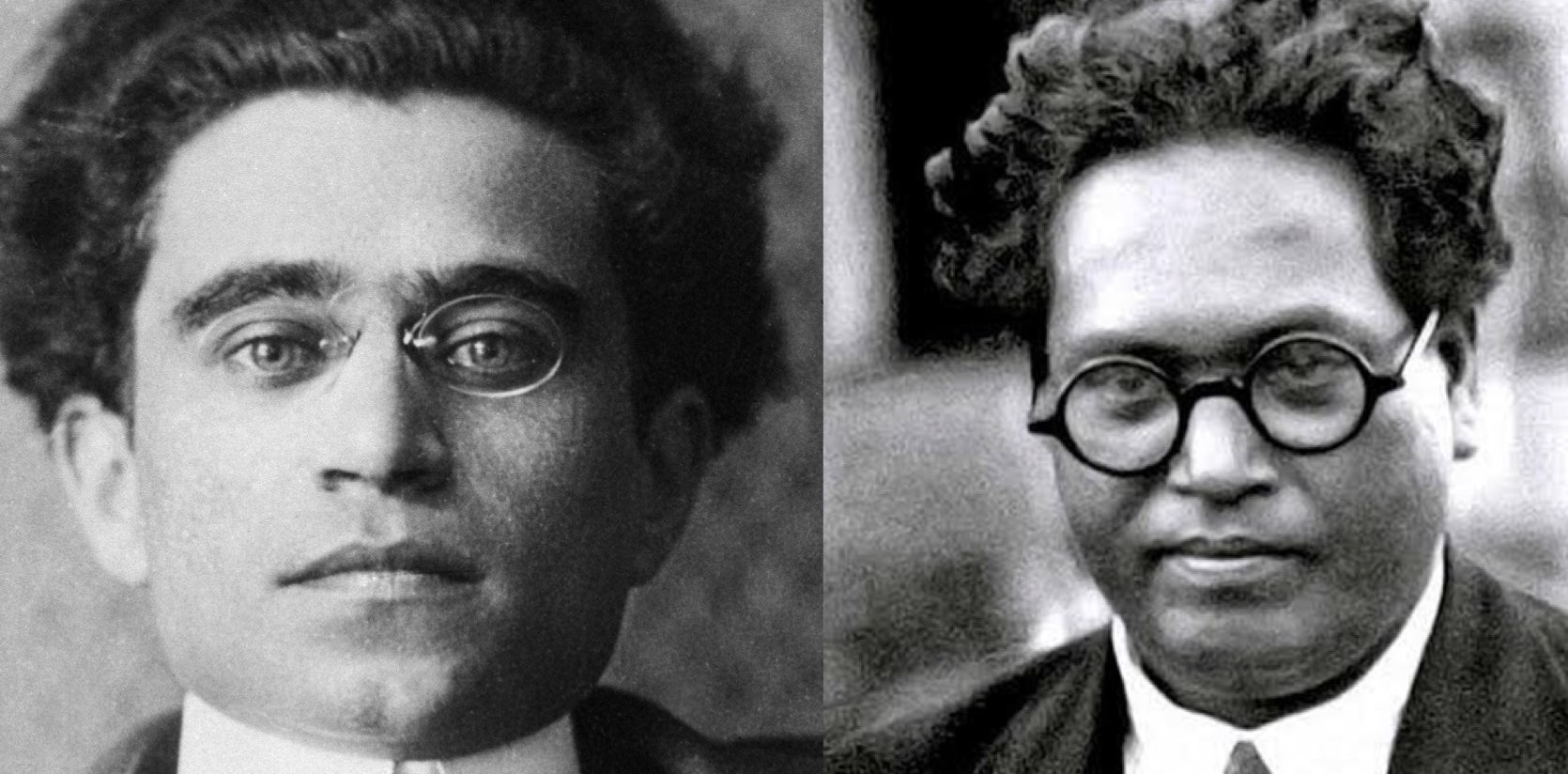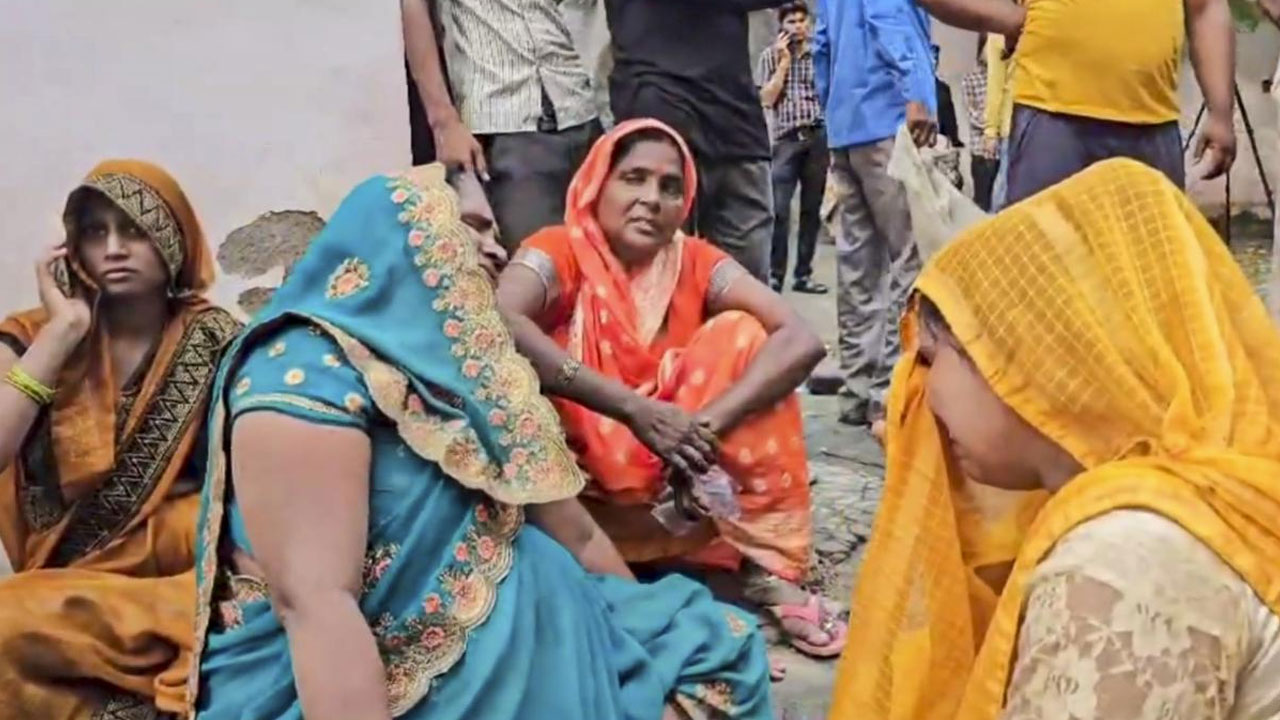“How far is Laxmanpur Bathe?” I lean out of the car window to ask a group of people standing in the noisy Olidad market of Arwal, some 85 km from Patna. An old man with tilak smeared on his forehead and carrying a bag replies: “It is not far away. If you give me a lift, I will take you there.” Laxmanpur Bathe, or simply Bathe, a small village on River Son, hit the national headlines in the winter of 1997 when, in a single night, 58 Dalits and members of other backward castes were killed allegedly by the militiamen of the upper-caste-Bhumihar Ranvir Sena. When the old man is boarding the car, a young man asks whether he can also come with us and then sits beside me. In no time, the old man introduces himself as Kedarnath Bharti, a retired school teacher and a tantric, and recites some Sanskrit verses that impress the young man, a B-Tech graduate (mechanical engineering) from Ranchi University, so much so that he asks the old man for help in getting a job (he has sat for many interviews but hasn’t got a job yet). Bharti gives him a ring and assures him that he will definitely have a job by the upcoming Laxmipuja. The boy takes the ring and gives the old man Rs 51, the dakshina the old man demanded.
Meanwhile, we reach the Parasi market. As both of them get out, they point to a narrow, serpentine road: “Follow this road and it will take you to Bathe. It is less than 2 kilometres from here.”
 Within a few minutes, I am in Bathe village, which sits along the canal from Amra to Nawada. As the canal has not been cleaned for years, it is filled with tall grass. “The canal is of no use to us; we do not remember the last time water flowed through it,’ says Vijay Chaudhary, a Mallah (fisherman) by caste, whose major source of income is the fish that he catches from River Son. Farmers have had to depend on bored wells for irrigating their fields, which not many can afford. Besides, Bathe does not have electricity. “Candidate after candidate said that if they were elected they would bring electricity to the village but nobody kept their promises,” Chaudhary says in sheer frustration.
Within a few minutes, I am in Bathe village, which sits along the canal from Amra to Nawada. As the canal has not been cleaned for years, it is filled with tall grass. “The canal is of no use to us; we do not remember the last time water flowed through it,’ says Vijay Chaudhary, a Mallah (fisherman) by caste, whose major source of income is the fish that he catches from River Son. Farmers have had to depend on bored wells for irrigating their fields, which not many can afford. Besides, Bathe does not have electricity. “Candidate after candidate said that if they were elected they would bring electricity to the village but nobody kept their promises,” Chaudhary says in sheer frustration.
As I enter the main settlement of Bathe village, it is not difficult for me to make out which of the houses belong to the upper castes and which of them to the others. While the upper castes have big pucca houses, along with large swaths of land, the Dalit and lower-caste houses are a mixture of makeshift (kaccha) structures and pucca ones. The villagers tell me that most of the Dalits do not own lands and the few who do usually have less than 5 kathas.
Upper castes in the village are mostly Bhumihars and Rajputs, along with a few houses of Brahmins, while Dalits, Chaudhary Mallahs and other backward castes account for the majority. Among Dalits, there are Ravidasis (chamars), Paswans, Rajbanshis, a caste group close to Manjhis, Baithas (dhobis) and Pasis.
According to 50-year-old Bhuvaneshwar Ram, the numbers of Ravidasis, Paswans, Rajbanshis, Baithas and Pasis in Bathe are around 350, 150, 150, 20 and 10, respectively. Apart from Dalits, upper castes and a number of other backwards castes make up the total population of 2200.
Bhuvaneshwar’s house is adjacent to the government middle school where some children are playing and others reading. A Class 6 student, Udit Kumar, a Ramdasi Dalit, is able to answer some simple questions related to mathematics but when asked if he knows English he is silent. His mother Lalita Devi, who frets about her name being wrongly written as Sheila Devi in her voter identity card, complains that the teachers of school don’t care about the students.
According to the villagers, most of the teachers in the middle school belong to the upper and middle castes. There are about a dozen teachers, but, a woman I meet near the school tells me, “they are not bothered whether they are in the classes or running around here and there”. Villages say students get their mid-day meals but rue that the cooks are only hired from the middle castes; they do not recruit Dalit cooks because the practice of untouchability prevails.
Despite discrimination at the hands of teachers, a large number of Dalit students are going to schools. The government policy of providing students with food and books has had a positive effect. “There’s a change taking place and now more students from Dalit community are going to schools,” says Ram. However, the relatively well off among the Dalits are sending their children to private schools.
Sitting beside us is Mritunjay Kumar, a Ravidasi Dalit, who used to work in Bellary, Karnataka, and returned to Bathe only a month ago. Like him and Udit’s father, a large number of Dalits, migrate to cities in search of jobs. Lalita Devi’s husband also works in the city but she does not know the name of city. “What will one eat by staying in the village?” she asks.
Soon, we begin talking about the ongoing assembly elections. Mritunjay’s choice is Nitish Kumar. The alliance led by Nitish Kumar, Lalu Yadav and Congress has fielded RJD’s Ravindra Singh from the Arwal constituency. The fight in Arwal is expected to be a three-way contest between the BJP candidate Chitranjan Kumar, CPI-ML’s Mahanand Prasad and RJD’s Ravindra Singh.
Gradually, it emerges that Ravidasis are largely supporters of Nitish-led grand alliance, while Paswans are strongly backing the BJP-led NDA. Other subcastes of Dalits such as Rajbanshi and Baitha (Dhobi) don’t vote for one party.
Like Mritunjay, Bhuvaneshwar Ram also supports the grand alliance. “There is a fight between the lotus [BJP’s symbol] and the lantern [RJD’s symbol] and I will press the button on lantern.” As I visit other Dalit houses to get their views, Mritunjay accompanies me. “We need development and Nitish is doing that,” he says.
 What about the CPI-ML? It was once very strong in the region and claimed to lead the struggle of Dalits against the “feudal militia” and “feudal remnants” but the likes of Mritunjay today want “development”. Many Dalits are voting for the RJD because they feel RJD is in a better position to defeat the BJP. ‘If BJP wins, Bhabhans [Bhumihars] and Rajputs will become sher [lion],’ says Mritunjay. Then he points to the bank of River Son from where the upper-caste militiamen walked into the village on 1 December 1997. A couple of relatives of Mritunjay were also killed in the massacre.
What about the CPI-ML? It was once very strong in the region and claimed to lead the struggle of Dalits against the “feudal militia” and “feudal remnants” but the likes of Mritunjay today want “development”. Many Dalits are voting for the RJD because they feel RJD is in a better position to defeat the BJP. ‘If BJP wins, Bhabhans [Bhumihars] and Rajputs will become sher [lion],’ says Mritunjay. Then he points to the bank of River Son from where the upper-caste militiamen walked into the village on 1 December 1997. A couple of relatives of Mritunjay were also killed in the massacre.
As we walk up from Son’s bank, Mritunjay points to a pucca house, which was earlier a kaccha (makeshift) house, the first target of the militia. A few houses away is the Shahid Smarak (Martyrs’ Memorial), inaugurated by then CPI-ML state secretary Ram Jatan Sharma on 6 January 1998. The memorial, which is painted red in colour, has the names of the 58 victims inscribed on it.
Every year on December 1, a function is held by CPI-ML in memory of the victims. On the occasion, Mritunjay says, the red flag on the memorial is replaced with a new one, “bhajans” are played and “prasad” distributed. By the memorial, we met Saheb Sharan, a middle-aged Ravidasi and a CPI-ML supporter. “It is unfortunate that one casts votes on the basis of caste and religion,” he says. “The poor people, due to lack of education, do not differentiate between their real friends and enemies.”
While blaming the poor for not taking the right decision, Sharan says the main culprit is the government and the administration. “Those who are supposed to be watchmen are destroying the garden and those who are supposed to be dousing the fire with water have caused the fire,” goes the rough translation of a Bhojpuri couplet that encapsulates his theorization.
While we are engaged in this discussion by the memorial, I see some children playing with a BJP cap a few yards away. These children are at the entrance to the house of Vinod Paswan, who, according to Sharan, works in the police department. Images of several Hindu gods and goddesses are inscribed on the gate of Paswan’s house. This may be an indication that Paswans are increasingly becoming Hinduized. Their support to the BJP has obviously to do with BJP’s alliance with Ram Vilas Paswan.
Some 50 yards away from Vinod’s house is another Paswan’s house. Lal Mohan Paswan runs a small egg shop. Tired and hungry, I sit on a bench at his shop and order an omelette. By the way, who is he voting for? “Phool [lotus]”, comes the prompt reply.
Dusk has fallen. If the visit to Laxmanpur Bathe has revealed one thing, it is how divided Dalit votes are between candidates and political parties.





